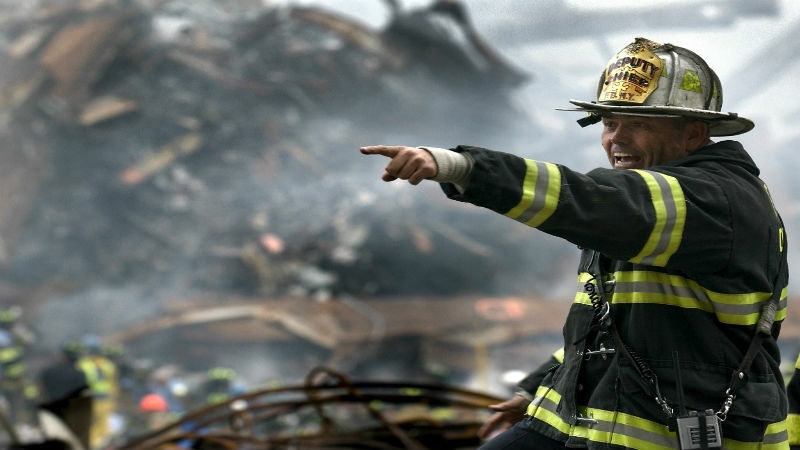Understanding Your Organization’s AI Maturity: A Roadmap to Transformation


As spring arrives, businesses are once again facing the potential and sometimes disastrous impact of adverse weather conditions and natural disasters like high winds, flooding, wildfires, mudslides, and tornadoes. In recent decades, these events are occurring with higher frequency and severity. In addition to natural disasters, organizations need to prepare for non-weather-related disasters including fires, burst pipes, and long-term power loss.
What happens in your organization if an accident makes a worksite potentially hazardous? Employers have a responsibility to ensure that the work environment is safe and that employees are aware of potential hazards during recovery. For example, what happens if employees return to a worksite after flooding, but now there are mold hazards? Employees need to be aware of these hazards, provided with instruction/training on those hazards, personal protective equipment (PPE) supplied, if required, and administrative/engineering controls put in place to protect employees.
In other words, organizations need a business continuity program (BCP).
There are many resources available, but I highly recommend taking a look at Standard 1600 on Disaster/Emergency Management and Business Continuity Programs developed by the National Fire Protection Association (NFPA) to help the communities cope with disasters and emergencies. This standard not only establishes a common set of criteria for disaster management, emergency management, and business continuity programs, it also provides the requirements for each organization to assess their current plans. Additionally, it promotes a shared understanding of the fundamentals of planning and decision-making to help organizations examine all possible hazards and prepare accordingly.
As you develop your BCP remember to ensure it is compliant with any industry and state applicable regulations. It should also be consistent with your organization's mission, management policy, and finances. As risks change, effective BCPs will have comprehensive plans that incorporate measures to continuously evaluate and update.
A complete BCP contains multiple components and incorporates short and long-term mitigation strategies detailing who is responsible for specific tasks or courses of action.
Your organization’s BCP should encompass the following:
Plus remember, review your BCP regularly to ensure you are meeting any changing needs and exposures. I also recommend conducting periodic reviews, testing, and evaluating post-incident reports help to improve the program.
We’ve blogged before about the importance and role of the EAP. For today’s purpose, it suffices to say that your company’s BCP should either include or refer to your EAP regarding what steps to take during an incident – such as evacuation routes, meeting places, and identification and activation of teams who will coordinate responses. For example, in the event of a hazardous material release, is there air monitoring equipment available to ensure the safety of the responders? What special personal protective equipment is available and where it is located?
According to FEMA, following a disaster, 90% of smaller companies fail within a year unless they can resume operations within five days. Planning is therefore essential, and yet only 20% of larger companies spend over ten days per month on their business continuity plans (BCP). This disparity and lack of preparation need our attention.
With courses such as Emergency and Disaster Preparedness, Emergency Response in the Workplace, NFPA 1600 Business Continuity Programs, NFPA Disaster/Emergency Management, and Disaster Site Workers, Skillsoft offers the training your organization needs to ensure you are ready for any eventuality.
Here’s a brief clip on responding to natural disasters from our Emergency and Disaster Preparedness course.
Read our white paper for advice on how best to integrate compliance with business strategy.

Donna McEntee is the Workplace Safety and Health Solution Manager at Skillsoft.
We will email when we make a new post in your interest area.

